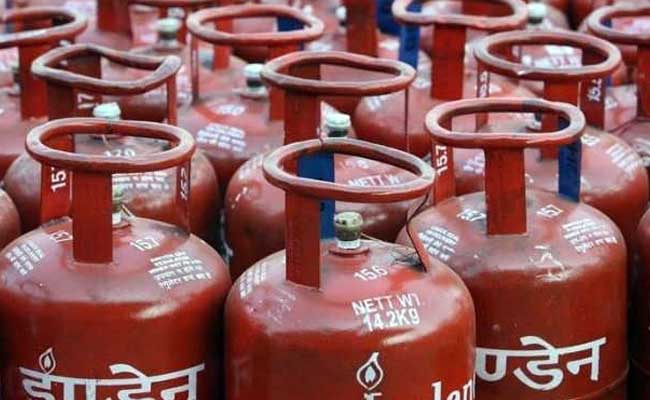Fossil fuels are used as the main source of energy in India. It contains high percentages of carbon and includes petroleum, coal, and natural gas. Other commonly used derivatives include kerosene and propane. Most of the fossil fuel requirements of the country are met through imports because we do not have enough deposits. Despite the fact that most of our fossil fuel requirements are met through imports and that it costs a huge amount to government coffers, our policies have been skewed towards more consumption of these sources of energy. The subsidy for cooking is provided only to those who use LPG cylinders.
NITI Aayog is working on a proposal which will end this discrimination and replace LPG subsidy with cooking subsidy. The cooking subsidy will extend the benefits to people using piped natural gas and biofuel for cooking purposes. A biofuel is a fuel that is produced through contemporary biological processes, such as agriculture and anaerobic digestion. It includes bio-ethanol and biodiesel which are produced through sugar, corn and other agricultural products. Use of biofuel for energy requirements is more environments friendly and it could reduce the import bills of the country. Biofuel is a scattering as a popular alternative to fossil fuel for cooking in rural areas of the country. On the other hand, piped natural gas (PNG) is now a popular alternative to LPG cylinders in urban areas of the country. It is more efficient and service is much smooth as gas is transported directly to households from stations and the whole process of compression, filling in cylinders, transporting of cylinders is phased out. States like Gujarat are on the path to cover the whole state with PNG infrastructure, and if the LPG subsidy is not extended to PNG, it will be discriminatory to these states which are doing an excellent job.
NITI Aayog Vice Chairman Rajiv Kumar in an interview with PTI said “LPG subsidy should be for a larger set of all products/ fuels which are used for cooking. (For) all fuels which are used for cooking, the subsidy should be applicable. Because if there are some cities where PNG (Piped Natural Gas) is used, then it is only logical that the subsidy be extended to them also.” The changes related to cooking subsidy will be made in the National Energy Policy 2030 draft, which was made public this year.
The Modi government is giving huge subsidies on LPG cylinders to help consumers to move away from using wood or kerosene because these energy sources are harmful to health. The consumers buy LPG cylinders on market prices, but the government gives LPG subsidy to cover 12 cylinders of 14.2 kilograms each per household in a year. The subsidized amount is directly transferred to the users’ bank accounts. The subsidy paid by the government is rising since last few months due to rising prices of natural gas in international markets. A non-subsidized cylinder costs Rs 781. In May, the subsidy amount transferred in bank accounts was Rs 159.29 per cylinder. However, the amount was raised to Rs 204.95 in June and to Rs 257.74 per cylinder this month. The government is increasing the subsidies to keep the LPG cylinder prices constant.
The Modi government is making huge efforts in biofuel and renewable energy sector to reduce the import bills on fossil fuels. The government has renewed its renewable energy target from 175GW to 227 GW. It has also decided to purchase the sugarcane and use it for producing bio-ethanol which will help the sugarcane farmers as well as the energy sector. The latest move to give cooking subsidy to people using biofuel and PNG is a step towards more environmentally friendly and efficient energy consumption.
